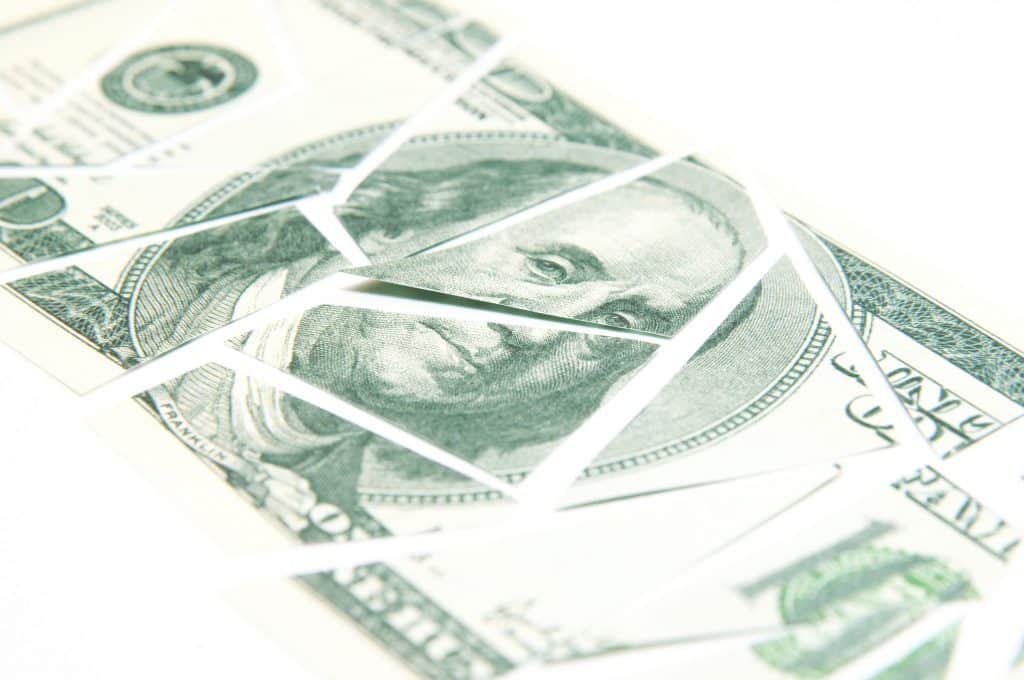How Lenders Can React to Negative Equity Situations

Here’s a commonly heard dialogue:
Consumer #1 – “I’d like to buy a new car but I’m still upside down on this one!”
Consumer #2 – “Oh don’t worry about that! You can just roll the balance into your new loan!”
Consumer #1 – “Great! Let’s get started!”
According to Edmunds.com, nearly 33% of car buyers in 2017 traded in a car that was worth less than the remaining loan balance, owing on average more than $5,000 on their old loan. This dramatic increase in negative equity is the result of car prices increasing faster than household income, pushing the average new car loan above $30,000 according to Experian’s most recent State of the Automotive Finance Report. The cash down payment borrowers make is often not enough cushion to offset the decline in value of a car. Edmunds also posits that a new car typically loses about 20% of its value in the first year, which is almost twice as much as the average down payment.
What are the best steps for a lender facing a negative equity situation? There are some options both on the finance end and the customer side to create a win-win situation.
Stay in Your Lane
When it comes to auto finance, negative equity is impacted by a number of factors such as missed payments, market fluctuations, rising interest rates, and depreciation. While none of these factors can be controlled by the lender, they can control the interest rate offered, the length of the loan and the protection products attached to the deal. However, it’s important to not tip the balance too far in one direction, putting that deal at risk if one factor or another goes out of balance.
According to J.D. Power, the preferred monthly payment remains around $450 for a new vehicle. Lenders may need to be creative to keep payments within that range. While lengthening the loan term is a sure way to lower the monthly payment, loan terms creeping into the 72- to 84-month range are ultimately worse for the consumer. Paying the same interest on a vehicle that’s increasingly losing value over time is one of the quickest ways to turn that customer’s loan upside down.
Addressing the customer’s role in the equation is another important step. Many consumers simply don’t understand the impact interest rates and depreciation have on financing a new car. Try this analogy to educate the consumer.
Suppose a person buys a brand-new SUV for $50,000, with a low down payment of $2,000. Consequently, $48,000 is owed. Since the buyer wanted low monthly payments, they opted for the longest-term loan they could get. Unfortunately, new vehicles depreciate quickly. A year later, the SUV’s value has dropped to $42,000, but the debt is now $45,000, since the small monthly payments have not kept up with depreciation. This car owner has $3,000 in negative equity after one year! This can increase exponentially within the next three years.
At the end of the day, protecting the lender and the customer from a negative equity situation is the best plan of action. But, instead of running from a negative equity situation, consider the options at hand and be sure to build in consumer protection products that can safeguard both parties from going negative in the future.
With more than 40 years of experience in the retail automotive industry, EFG can help your institution stay at the forefront of the changes affecting your industry today. Contact us today to learn how to safeguard your loan portfolio while also increasing your market relevance.















